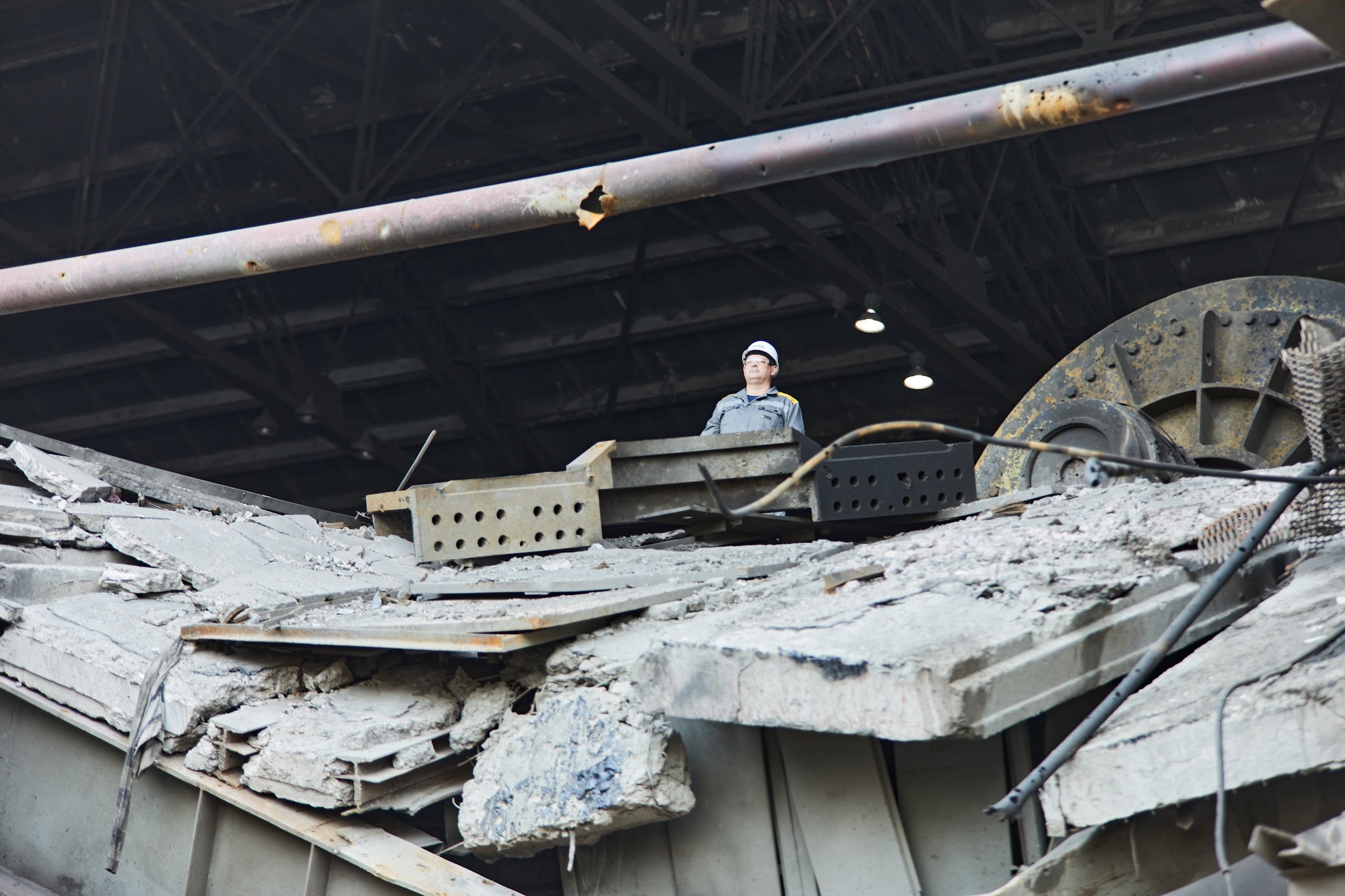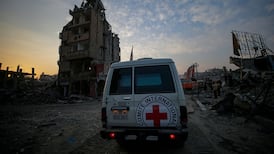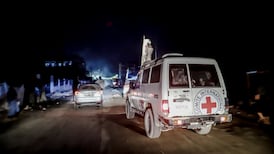Israel launched a series of heavy air strikes on south Lebanon on Thursday, causing confusion and panic among Lebanese locals.
The strikes came despite a ceasefire deal agreed a year ago that was meant to end more than a year of fighting between Israel and Hizbullah.
The Israeli military issued five warnings between 3pm and 5.30pm local time.
Israeli air strikes in Lebanon do not always come with warnings, but if they do the subsequent attacks can take hours or come within 30 minutes.
READ MORE
At least one person was killed in earlier strikes, also on Thursday, according to Lebanon’s ministry of health.

In Lebanese border villages, like Adaisseh – which are almost completely destroyed and where it is almost impossible to get a phone signal – residents drove around calling out the news to each other. Those who remain in the village mostly visit during the day and say they are frightened to sleep there.
Word came through that a warning had been issued for the next village over, Taybeh, a five-minute drive away. Then came confusion as some suggested it might be fake news. An air strike put an end to the debate.
A noisy surveillance drone was audible in Adaisseh in the hours before the air strikes began, as it is on most days, locals said.
Israel says it is hitting Hizbullah targets and trying to stop them from rebuilding. Many Lebanese people say they do not know exactly who is involved with Hizbullah and what, or who, might be targeted.
Among people from Lebanon’s border villages, support for the militant group remains strong, as locals see it as their only protection, saying the Lebanese army is too poor and weak to take on Israel.

Lebanese president Joseph Aoun told the Lebanese army last week that it should confront Israeli incursions into the country’s south, after Israeli soldiers killed Ibrahim Salameh, a municipality worker, while they were carrying out a raid in the village of Blida.
A ceasefire between Israel and Hizbullah came into force on November 27th, 2024.
It was based on United Nations Resolution 1701, but Unifil says there have been nearly 7,100 Israeli air violations since then, with around 950 “trajectories” detected from Israel to Lebanon and 21 detected in the other direction.
More than 2,400 “activities” by Israeli forces have been reported north of the Blue Line in that time, Unifil says.

Israel has continued to hold on to five “strategic” points inside Lebanese territory. It also continues to regularly use drones to target and kill people it says are Hizbullah members.
Hizbullah – which is a social movement and a political party, as well as a militant group – is under pressure from the Lebanese state to disarm. Israel has threatened to “act as necessary” if this does not happen, raising fears across Lebanon that another all-out war may be coming soon.
On Thursday, Hizbullah said it remains committed to the ceasefire, but said it has “a legitimate right to resist [Israeli] occupation and aggression”.
Fears have been mounting in Lebanon that Israel could resume a full-blown aerial bombing campaign, particularly after Israeli leaders warned they would take action against Hizbullah if Lebanon did not step up efforts to disarm the group.














